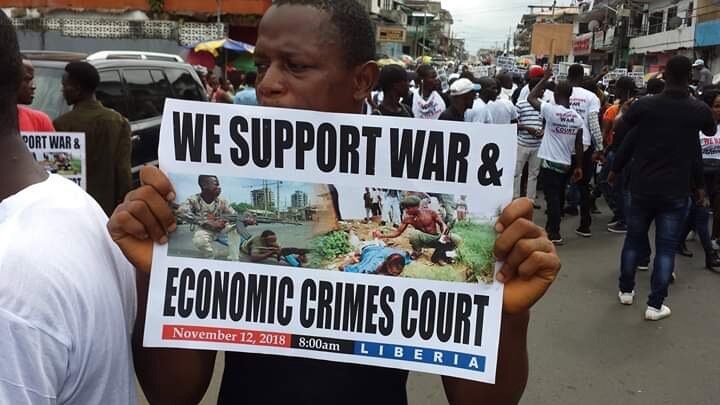
I had the honor of moderating a press conference announcing the arrival of Kumi Naidoo as Greenpeace International's new Executive Director. Kumi (one of civil society’s most inspirational figures) was formerly a youth leader in the anti-Apartheid movement and we hosted the press conference in Johannesburg's Old Fort Prison, which once held Nelson Mandela. We received extensive media coverage around the globe.

Finishing a story about the Lost Boys of Sudan from the waiting room of the Lokichogio airport in the Turkana District of northwestern Kenya. I’d spent several days with four Lost Boys living in the sprawling Kakuma refugee camp, which is run by the UN with significant support from a handful of NGOs. The experience inspired me to transition from writing about people suffering injustices to working on projects with the potential to really help them.

President Obama, along with 15 other heads of state and civil society leaders, launched the Open Government Partnership at the UN in 2011. As the first Communications Director, I built the organization’s “communications machine,” and also led outreach at Summits in Cape Town, Mexico City, Tiblisi, Paris and the UN.

The Center for Justice and Accountability uses international human rights laws to obtain justice for victims and survivors of torture and other atrocity crimes. As Communications Director, I developed a creative, long-distance, communications campaign to support the establishment of a war crimes tribunal in Liberia. I also ran communications about the first war crimes case against the Asaad regime (for the death of journalist Marie Colvin), generating close to 1000 media hits globally.

I received this thank you photo from children living in the Vesnova Orphanage in southern Belarus. I had reported a feature about them for People Magazine to mark the 25th anniversary of the Chernobyl accident. Most of these kids suffer from physical or mental disabilities, often the result of their parent's experiences following the nuclear disaster. (And a majority of the live-in nurses had had thyroid cancer, a direct result of radiation exposure.)

As a communications manager at Greenpeace International, I traveled to Sumatra to document extensive deforestation by the palm oil industry. In addition to destroying the climate (it is responsible for about 20% of annual greenhouse gas emissions), deforestation often deprives indigenous people of their livelihoods. The stories I gathered were used in our communications materials at the Copenhagen Climate Conference (COP 15).

As a field producer for 60 Minutes Australia, I spent a week embedded with the French Foreign Legion in the desert of Djibouti. An ardent pacifist, this is likely the only time I’ll ever hold a gun (apparently upside down). A cardinal tenant of journalism is impartiality, and I often interacted with people whose beliefs are opposite to mine (including neo-Nazis, pimps, and drug dealers). It was never dull and almost always educational.

Campaigning on climate change in the Democratic Republic of the Congo provides a significant communications challenge. Given the extreme poverty and on-going violence, it can be insensitive - and ineffective - to talk about “protecting our planet”. I oversaw a press conference on a Greenpeace ship where experts were able to present research on adaptation and mitigation strategies, as well as the potential of solar as an energy source. The event was reported on across the county (and sailing down the Congo River remains a career highlight.)

Meeting with French government officials at the Elysée Palace to discuss Open Government Partnership initiatives. As Communications Director for this international partnership of 75 governments and hundreds of civil society organizations, I often worked with senior-level government officials to coordinate communications initiatives and outreach opportunities.

A group photo from FinEquity’s Annual Meeting in Singapore. Convened by CGAP at the World Bank, FinEquity brings together a diverse group of experts committed to advancing women’s financial inclusion. The communications strategies I developed contributed to significant growth and increased engagement in programs that help women in developing countries access financial services—services that have the potential to greatly improve their lives.

As a journalist, I interviewed dozens of celebrities, from Hugh Grant and Tom Cruise to Beyoncé and Green Day. One of my favorites was Mahir, an early Internet sensation from Turkey who served as the inspiration for Borat.



As director of the Daniel Haufler Fellowship, I lead an annual program that brings ten German journalists to Washington, DC, and New York to meet with other journalists, thought leaders, academics, and media professionals. It’s a real joy to explore the current state of U.S. media with these mid-career journalists and witness their curiosity and insights.
















